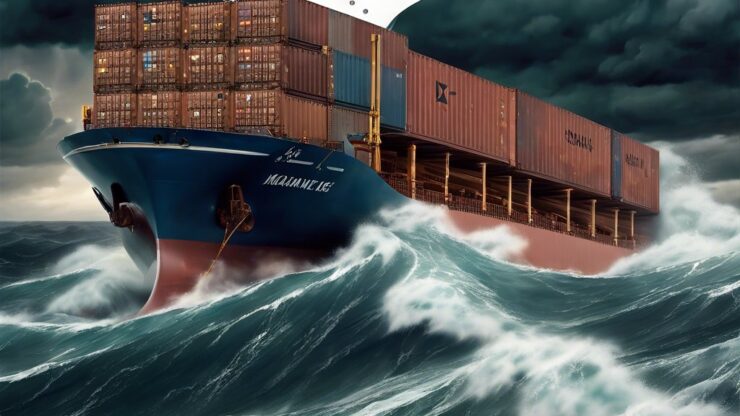Maritime insurance is an essential component of the shipping industry, serving as a safety net for ship owners and cargo operators alike. In a world where global trade is heavily reliant on maritime transport, understanding the nuances of maritime insurance can help stakeholders mitigate potential losses and ensure smooth operations.
Every voyage carries its own set of risks, from unpredictable weather conditions to piracy and accidents. This is where maritime insurance steps in, providing coverage that protects assets against various perils at sea. But what types of risks are covered, and how can businesses effectively choose the right insurance plan?
When it comes to maritime insurance, a variety of coverage options are available to suit different needs. Understanding these options is critical for ensuring that you select the right policy that adequately protects your interests.
Here’s a concise overview of some of the most common types of maritime insurance:
- Hull Insurance: This protects the ship itself from physical damage caused by accidents, weather, or other unforeseen circumstances.
- Cargo Insurance: Provides coverage for goods being transported, safeguarding against losses due to theft, damage, or destruction.
- Protection and Indemnity (P&I) Insurance: Covers third-party liabilities, including injury to crew members and damage to other vessels.
- Freight Insurance: Protects against the loss of freight fees if the shipment does not reach its destination.
- Loss of Hire Insurance: Compensates ship owners for lost income due to the vessel being out of service after an insured event.
By understanding these coverage types, stakeholders can make informed decisions about which policies best meet their needs and how to navigate the complexities of maritime operations.
Filing a claim under a maritime insurance policy can often seem daunting, but understanding the claims process can streamline the experience and ensure that you receive the compensation you deserve in a timely manner.
A well-structured claims process typically involves the following steps:
- Notification: Inform your insurer as soon as an incident occurs that may lead to a claim.
- Documentation: Gather and submit necessary documentation, including photos, shipping documents, and incident reports.
- Assessment: The insurer will assess the claim, which may involve adjusting the loss and determining coverage applicability.
- Settlement: If the claim is approved, the insurer will issue payment based on the terms of the policy.
By staying organized and proactive during the claims process, businesses can minimize disruptions and maintain financial stability even in the face of maritime challenges.
Disclaimer
This article has been created or edited with the support of artificial intelligence and is for informational purposes only. The information provided should not be considered investment advice. Please seek the support of a professional advisor before making any investment decisions.






